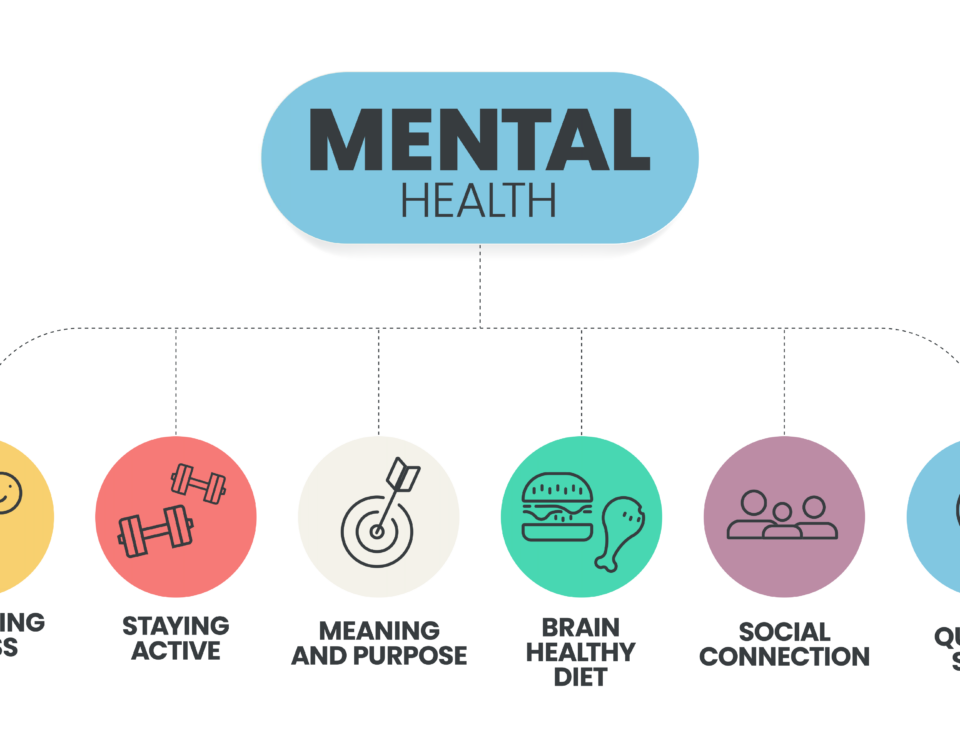Oxymorphone is a prescription painkiller used to treat moderate to severe pain. It works by changing the way the body responds to pain by blocking pain signals. It’s available in both immediate-release and extended-release forms and is used in the long-term treatment of pain that can’t be alleviated by other non-narcotic medications. It isn’t used for short-term pain relief. Today, we’re diving into oxymorphone side effects to better understand its mechanism of action and risks.
Questions about our Facilities or Programs?
Our admissions coordinators are available 24/7 to answer any questions you may have as you consider whether treatment at Banyan is right for you or your loved one.
What Is Oxymorphone and How Does it Work?
Common brand names for oxymorphone include Opana, Numorphan, and Numorphone. As an opioid, oxymorphone is also highly addictive, making it one of the many opioid drugs illegally sold on the streets. Street names for oxymorphone include biscuits, blue heaven, and blues.
Oxymorphone acts on opioid receptors throughout your body that responds to pain, including those in the brain and nervous system. Your physician may increase your dose gradually for the medication to reach a consistent level.
The risk of overdose is especially high during the first few days of taking oxymorphone, so it’s important to report any of the usual symptoms of an opioid overdose, such as difficulty breathing and blue lips or skin. Opana tablets are usually formulated as extended-release medications, meaning that the drug will provide pain relief for 12 hours or so.
Keep in mind that oxymorphone can stay in your system for 24 to 48 hours, normally taking up to 5 days for it to be completely eliminated from the body. It’s important to avoid taking any medications or drinking alcohol during this period to avoid experiencing a high or overdose.
Common Oxymorphone Side Effects
Do not use illicit drugs or drink alcohol while taking oxymorphone to prevent overdosing or death. You must also avoid taking oxymorphone with other depressants – such as benzodiazepines – as they can lead to profound sedation, difficulty breathing, coma, and death.
Before you start or stop taking other medications, supplements, natural remedies, or over-the-counter drugs, speak to your doctor as they may interact with Opana. You should also avoid breastfeeding while taking oxymorphone, as it can result in neonatal abstinence syndrome (NAS).
Even without the risk of overdose, oxymorphone effects may still occur, so it’s important to know how long this medication remains in your system and remains active to avoid complications. Some common effects of oxymorphone include:
- Nausea
- Vomiting
- Loss of appetite
- Dry mouth
- Stomach pain
- Constipation
- Relaxation and calm
- Sensation of spinning
- Sleepiness
- Excess gas
- Bloated feeling
- Redness of the face, neck, arms, and occasionally the upper chest
- Headache
- Dizziness
- Confusion
- Extreme tiredness
- Difficulty falling asleep or staying asleep
- Itching
- Fever
You must not take more oxymorphone or take it more frequently than directed by your doctor as that can lead to overdose. Additionally, using oxymorphone in a way it’s not meant to be used – such as crushing the tablets – can cause the medication to be released into the body too quickly or all at once, resulting in an overdose.
Rarer but more severe Opana side effects include:
- Chest pain
- Rapid heartbeat
- Seizures
- Rash and itching
- Hives
- Swelling of the eyes, face, lips, mouth, tongue, or throat
- Hoarseness
- Difficulty breathing or swallowing
- Fainting
- Lightheadedness when moving or changing positions
Does Opana Get You High?
Yes, Opana can get you high. When taken in higher doses than prescribed, oxymorphone can produce a sedative and pleasurable high.
In addition to these sensations, this drug also produces chemical changes in the brain. Although Opana can produce pain relief and mild sedation when taken in average doses, abusing it can lead to a sudden release of dopamine in the brain as well as the inhibition of reuptake, flooding the brain with this feel-good chemical.
When this occurs, the person may experience a rush of pleasure, relief, and calm. However, the reward system in the brain is also triggered when large doses of oxymorphone are ingested, encouraging further drug-taking behavior.
Getting into treatment is easy with our free insurance verification
"*" indicates required fields
Help for Oxymorphone Addiction
It’s possible to become physically dependent on oxymorphone even if you take it as prescribed. If you experience any of the Opana effects mentioned above, speak to your doctor right away.
If you experience any withdrawal symptoms of oxymorphone, such as restlessness, chills, muscle pain, nausea, sweating, weakness, or increased blood pressure, seek medical attention immediately. It’s important to note that withdrawals indicate physical dependence, which can lead to increased drug use and contribute to addiction.
If you or a loved one shows any signs of oxymorphone addiction or addiction to any other drugs or alcohol, reach out to our Delaware drug rehab as soon as possible. We offer medically monitored detox for opioids and other levels of care to help patients safely recover from withdrawals and learn how to live sober lifestyles.
For more information about our Delaware addiction treatment, call Banyan Treatment Centers today at 888-280-4763.
Related Reading:
How to Get Sleep During Opiate Withdrawal
The Dangers of Using Opiates on Vivitrol








